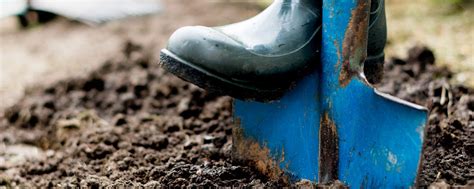At Bamboo Tree, we are dedicated to enhancing our service and product quality, ensuring an exceptional experience for our customers. Bamboo charcoal, a byproduct of various bamboo species, is widely utilized for creating activated carbon. However, while bamboo may present an attractive option for hedges or privacy screens, it’s important to consider its growth habits and maintenance needs.
When a plant starts to turn yellow, it’s crucial to act swiftly and identify the cause. Fountain bamboo, a non-invasive clumping variety, can grow up to 10-15 feet in height and 3-5 feet in width. In contrast, the giant bamboo tree (Dendrocalamus giganteus) is one of the largest species, typically found in Southeast Asia’s tropical forests.
Artificial bamboo plants come in two main styles: pale-stemmed with leafy fronds and green-stemmed with thicker, stubbier leaves. Real bamboo trees, once fully grown, produce underground shoots that can be harvested. Timber-producing bamboos mainly belong to the Phyllostachys and Bambusa genera and are predominantly found in South Asia.

For optimal growth, clumping bamboo should be divided or repotted every five years when grown in a 20” by 20” planter, and running bamboo in a 30” by 30” planter. Bamboos are known for their evergreen, fast-growing nature, making them ideal for screens. They can thrive in diverse climates, from South American rainforests to the Himalayan Mountains.
Fargesia bamboo is particularly notable for its graceful, clump-forming habit, suitable for borders and containers. Despite often being referred to as trees, bamboos are actually grasses. Their rapid growth and high metabolism enable them to photosynthesize efficiently, contributing significantly to oxygen production.
In regions like Uttaranchal, West Bengal, Sikkim, Kerala, Karnataka, and Tamil Nadu in India, umbrella or fountain bamboo is commonly found. When selecting bamboo, options range from yellow and fountain bamboo to green, black (nigra), and ornamental umbrella bamboo. The recent perfection of bamboo fabric manufacturing techniques highlights its long-standing use in textiles.
A 21-stalk lucky bamboo plant is believed to bring great wealth and health. If you have questions about bamboo, our expert staff at the nursery are always ready to assist. Clump-forming bamboo plants have a manageable root system, unlike their invasive counterparts. Nandina domestica, known as heavenly or sacred bamboo, is an evergreen shrub valued for its year-round appeal.
Bamboo Tree offers a perfect setting for family dining, romantic dinners, or special celebrations. For planting, enrich the soil with compost or manure, and seal bamboo cuttings with wax to encourage growth. Phylogenetic studies suggest a close relationship between the Bambuseae and Olyreae tribes within the Poaceae family. Fargesia species are compact, evergreen bamboos, ideal for adding elegance to any space.
The global bamboo resource spans approximately 220,000 km², with an estimated annual production of 15-20 million tons. Umbrella Bamboo, originating from China, is adaptable to various environmental conditions. Remember, as Gautama Buddha said, “The young bamboo can be easily bent, but the full grown bamboo breaks when bent with force.”

